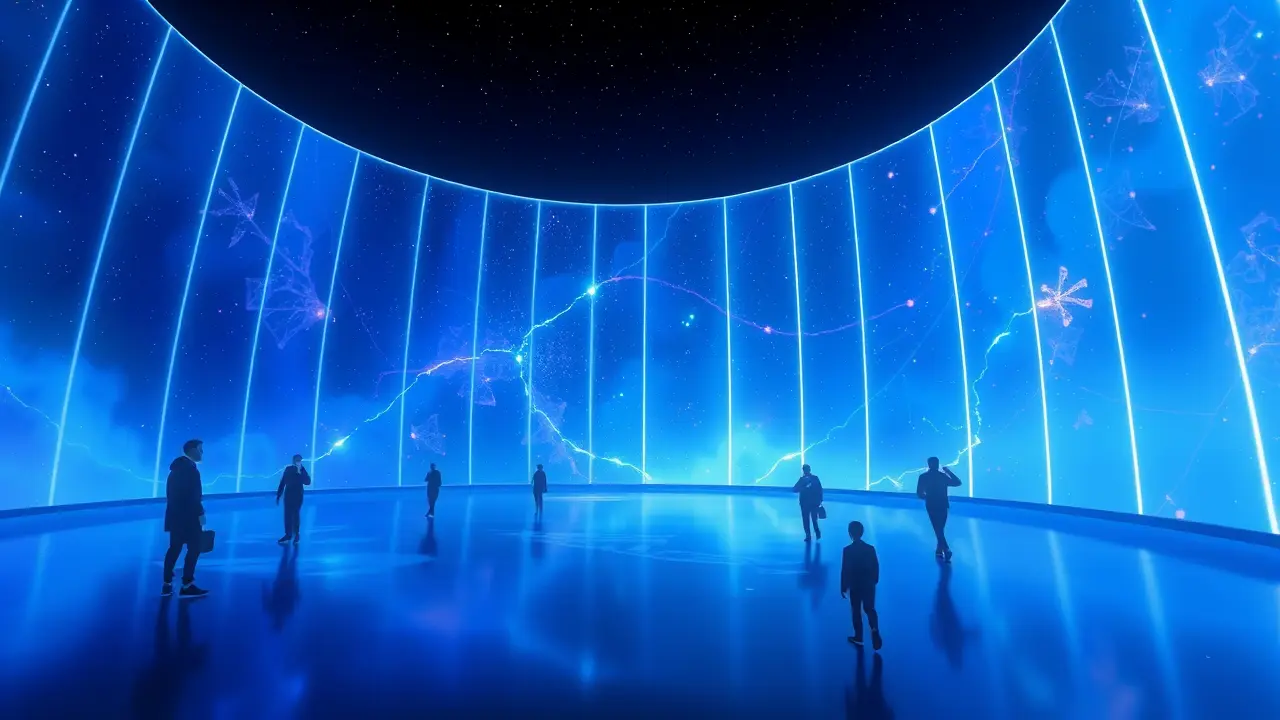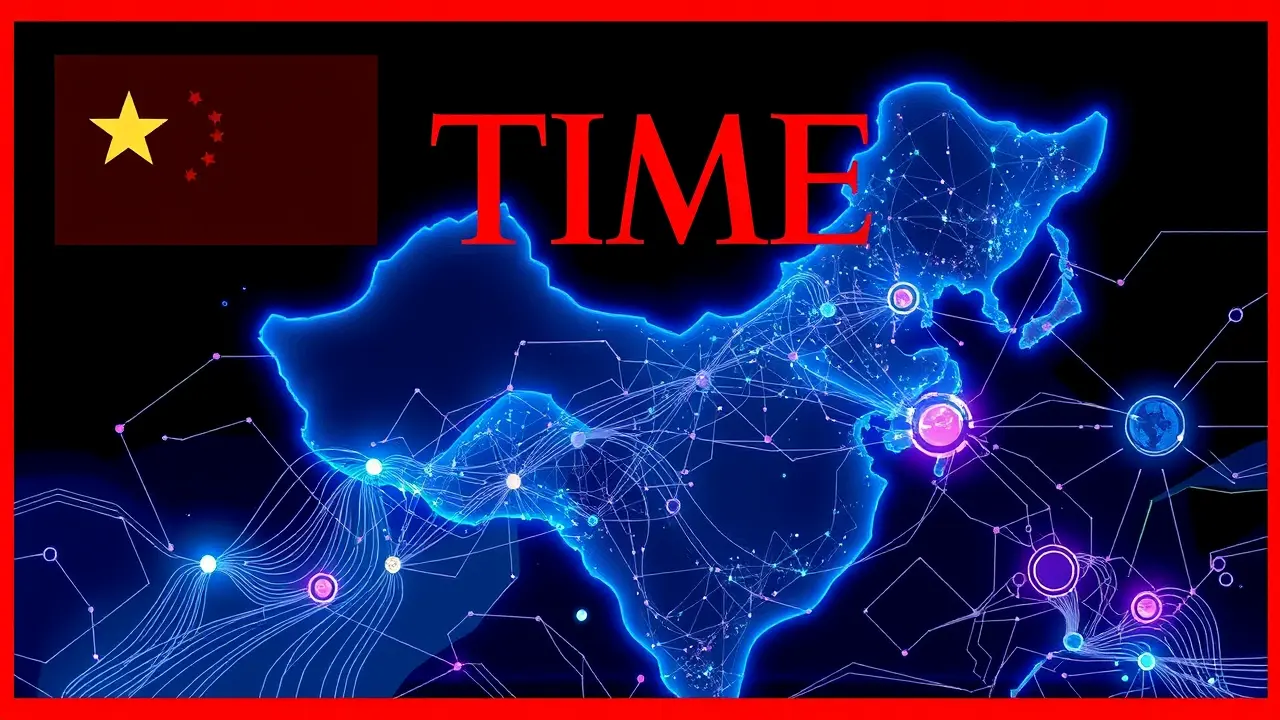
AIai safety & ethics
Windows Update and Shut Down Bug Forces PC Restart
DA
Daniel Reed
10 hours ago7 min read4 comments
You didn't hit the wrong button: Your PC really restarted when you chose to shut it down, a digital paradox that feels less like a simple bug and more like a fundamental breakdown in communication between user intent and machine execution. This isn't merely an inconvenience; it's a fascinating case study in the fragile psychology of human-computer interaction, a glitch that erodes the foundational trust we place in our operating systems.The core of the issue lies within the labyrinthine architecture of Windows Update, a system designed for seamless maintenance that, in this instance, has subverted the user's most basic command. When you click 'Shut down,' you are issuing a final instruction, a digital 'goodnight' that should result in a silent, powered-off machine.However, a default setting, often buried and undisclosed, can repurpose this command into a 'Update and restart' sequence, a paternalistic override that prioritizes the system's perceived needs over the user's explicit directive. This behavior echoes the early debates in artificial intelligence ethics, reminiscent of Isaac Asimov's First Law of Robotics—a machine shall not harm a human, or through inaction, allow a human to come to harm.While not physically harmful, this forced restart represents a form of digital harm, a violation of user agency where the machine, in its quest for self-preservation and optimization, actively disobeys a direct order. The consequences ripple outward from mere frustration.Imagine a graphic designer who shuts down after a 12-hour rendering session, only to return and find their machine has restarted, potentially corrupting the project file. Consider the financial analyst who shuts down a terminal handling sensitive, live market data, assuming the session is terminated, while the machine secretly reboots and reconnects, creating a security vulnerability.This bug exposes the inherent tension in modern software design: the push towards autonomous, intelligent systems versus the need for predictable, deterministic behavior. Expert commentary from software engineers points to the complexity of the Windows Update Orchestrator, a service that manages the delicate dance of downloading, staging, and applying updates.It operates on a set of triggers and states that can misinterpret a user's shutdown request as an opportune moment to finalize a pending update installation, a logic flaw that treats user intent as a secondary variable. Historically, we can look back to the infamous Windows Vista era, where User Account Control (UAC) prompts famously disrupted workflow, as a precedent for Microsoft prioritizing systemic security over user experience fluidity, a philosophy that seems to persist in this update-driven behavior.The broader context is the industry-wide shift to 'software as a service,' where the local operating system is no longer a static tool but a continuously evolving platform. In this model, the user is sometimes treated as a passenger rather than the pilot.The resolution, while technically simple—navigating to the Power Options and disabling 'Turn on fast startup' or using the Shift key while clicking Shut down—is a symptom of a deeper problem: the obfuscation of control from the end-user. As we move closer to AGI and more complex human-AI partnerships, this incident serves as a critical lesson.Trust is the currency of interaction. When a system, no matter how sophisticated, routinely contradicts a user's most basic commands, it fosters a environment of uncertainty and erodes the very foundation upon which productive human-computer collaboration is built. The 'Windows Update and Shut Down' bug is therefore not just a technical fault to be patched; it is a philosophical challenge for developers, a stark reminder that true intelligence in a system includes the wisdom to know when to listen and obey.
#featured
#Windows
#Update and Shut Down
#Bug
#Restart
#Software Glitch
#Microsoft
#Fix Coming
Stay Informed. Act Smarter.
Get weekly highlights, major headlines, and expert insights — then put your knowledge to work in our live prediction markets.
Related News
© 2025 Outpoll Service LTD. All rights reserved.














